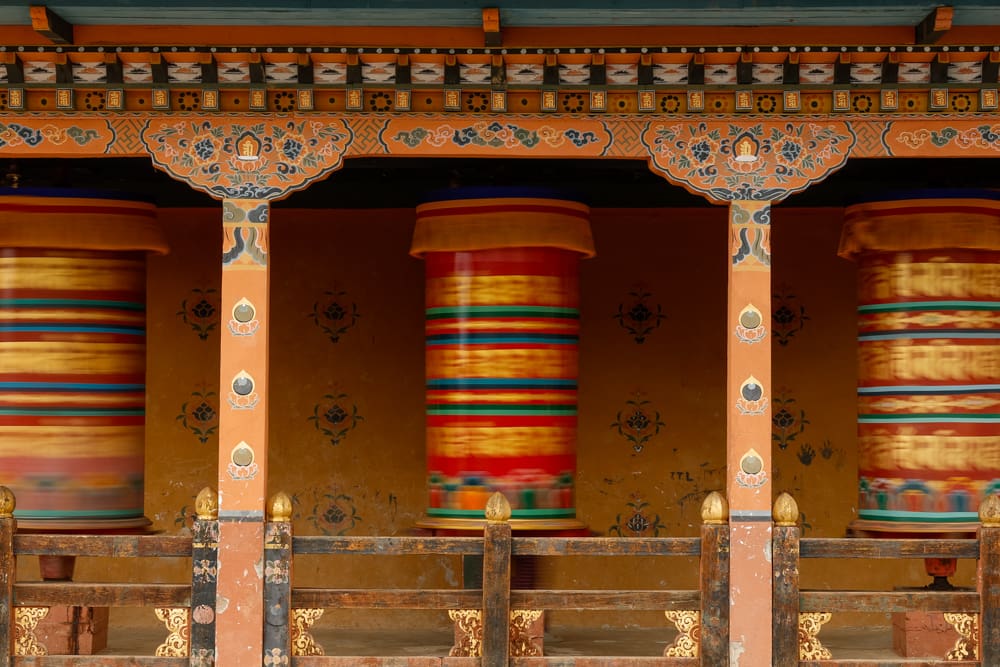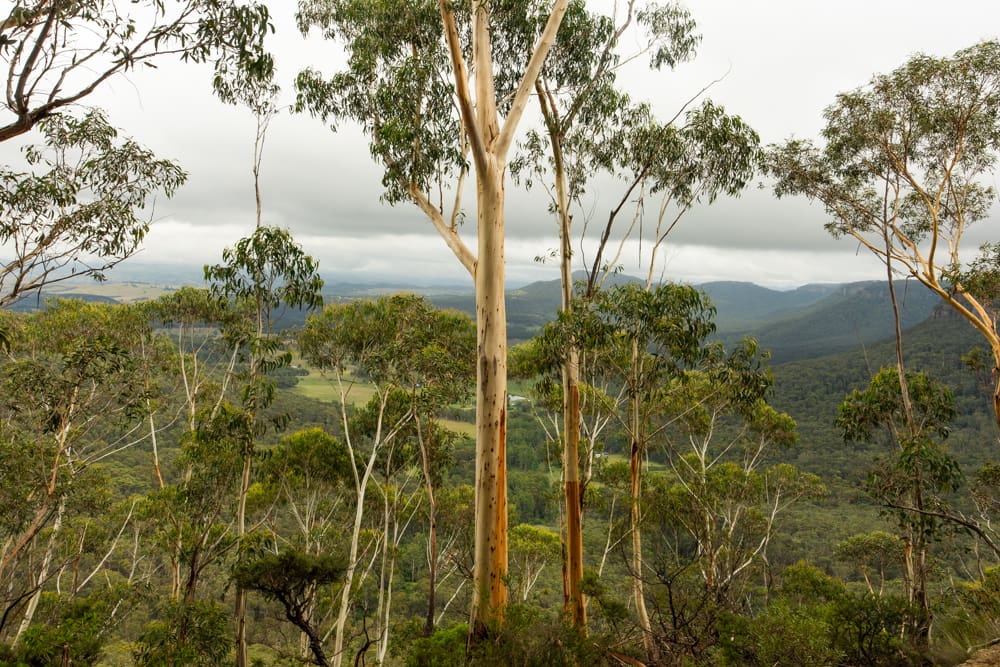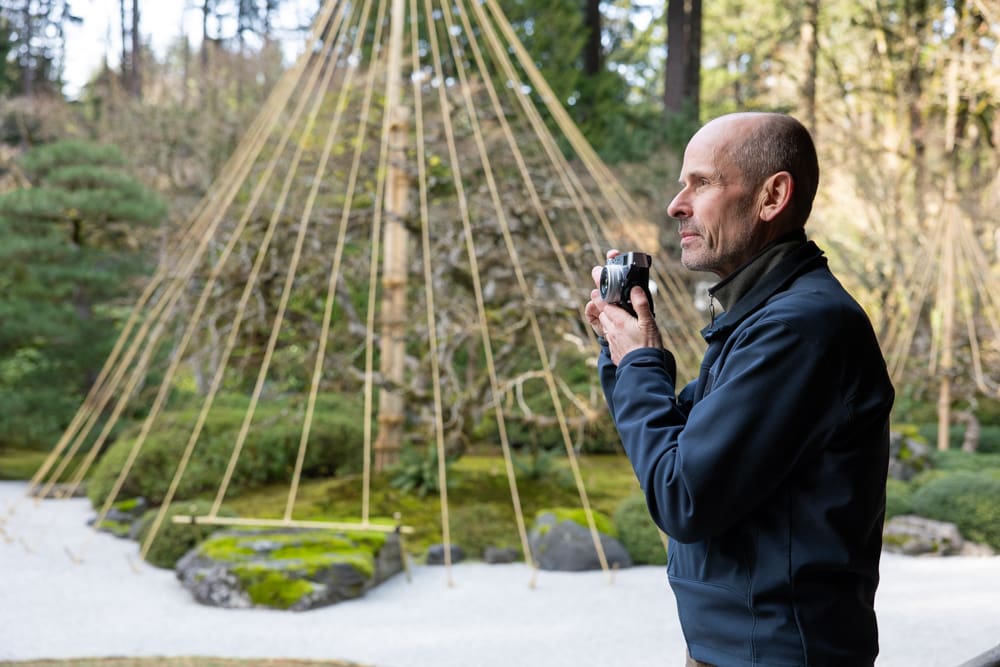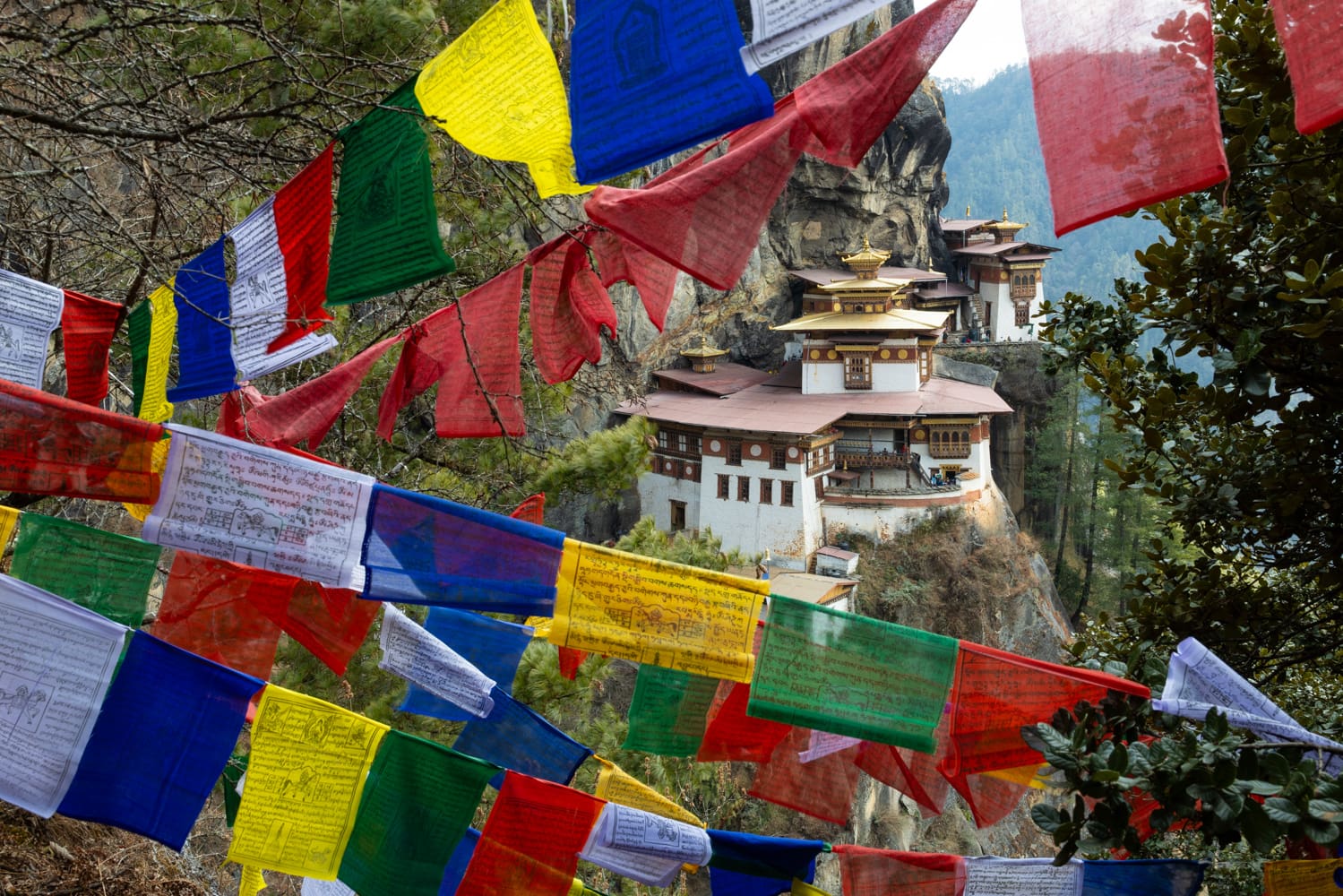If you are one of the 600,000 tourists visiting Tanzania’s Ngorongoro Crater or other bucket list safari destinations, this is the photography post you’ll need to get your best shot. I’m sure you are envisioning all the wildlife you’ll be capturing through your lens, but are you considering what you need to do to get those great shots from a vehicle? How often do you take photos from your car? If it’s not a common hobby of yours to work from a moving vehicle, I’ve got some suggestions to help you out.

Don’t shoot from a moving vehicle
You get much sharper shots when the vehicle is stopped and turned off. With a stabilized camera or lens and proper bracing technique, you can get sharp images down to 1 full second. If you absolutely must shoot when the vehicle is moving you’ll need 1/1000 of a second.
Don’t shoot with the engine running
It’s tempting to think that because the car is not moving it’s a good time to shoot, in reality, it’s the vibration of the engine that will cause a slight blur on many images. The keen drivers will turn their engine off as a standard practice.
Don’t shoot through a window
Don’t be a lazy photographer, take the time to open the window or shoot through an open-air space within your vehicle. The image may look fine on the back of your camera, but when you look at it back at home, you’ll be unhappy with the slight haze.
Consider the configuration of the seats and people in your vehicle
You don’t know where the animal is going to be, and where the best shooting position is, so having room to move will give you the best options. Low-cost tours will cram people into their vehicles, allowing them little room to position themselves. Ask questions about how many people will be in your touring vehicles before you go.
Use a soft support
A super steady set-up for your camera is to have it resting on a sandbag on the top or windowsill of your vehicle. Hopefully, your guide will provide you with sandbags, but if not, a rolled up jacket could do the trick.
Be ready to stop at any moment
Bumpy roads and sudden stops are the standard course in a land cruiser. Loose items, especially expensive camera gear, easily fly when not secured. Nothing makes me cringe like hearing a camera hit the hard unprotected floor and bounce beneath my seat. Store your gear in a closed camera bag or in your lap with a firm grip.
Don’t park too close to the animals
It’s tempting to want to get as close as possible to the animals, but many of the best shots will be had with a telephoto lens and a bit of distance between you and the subject. With a long lens, you’ll be able to more easily shoot with a shallow depth of field to separate your subject and make it really stand out.
Engage with your guide or driver
Spend some time to get to know your guide as they can have a huge impact on your journey. When available ask about their family and their other interests and include them in the conversations of your group. It should be a happy experience for everyone.
Anticipate bathroom breaks
When out in the field, trees and bushes can be few and far between or have lions in them. Whenever a good opportunity presents itself, you should take it. When sitting in the perfect view of a cheetah, you don’t want to be the person who says, “can we go now?”
Picnic while waiting
Interesting animal behavior does not happen on a time schedule. Sometimes you must wait a very long time for something interesting to happen. To make the best use of your time, this waiting game can be combined with your meals.
Take 5-seconds to settle down
It’s no fun trying to shoot the perfect shot when somebody else is stumbling around rocking the vehicle looking for their camera. We ask that our photographers be ready and in place within 5 seconds of the engines being turned off so that no one misses a critical moment. This means having your camera ready in-hand and staying in tune with what the group is about to shoot.
The Land Cruiser will be your home away from home during your Safari adventure. Embrace what it has to offer. Be strategic and also be a good member of your tour group. When everyone works together, that stunning photograph of the majestic lion, hippo or wildebeest can be yours to bring home to hang on your wall.
Become part of John’s inner circle
Sign up for the newsletter here – it’s free.
Want to become a better photographer?
Check out John’s selection of photography and camera classes here.



